
Health & Medicine
Watch Episode 1: Life Beyond Coronavirus: The Expert View
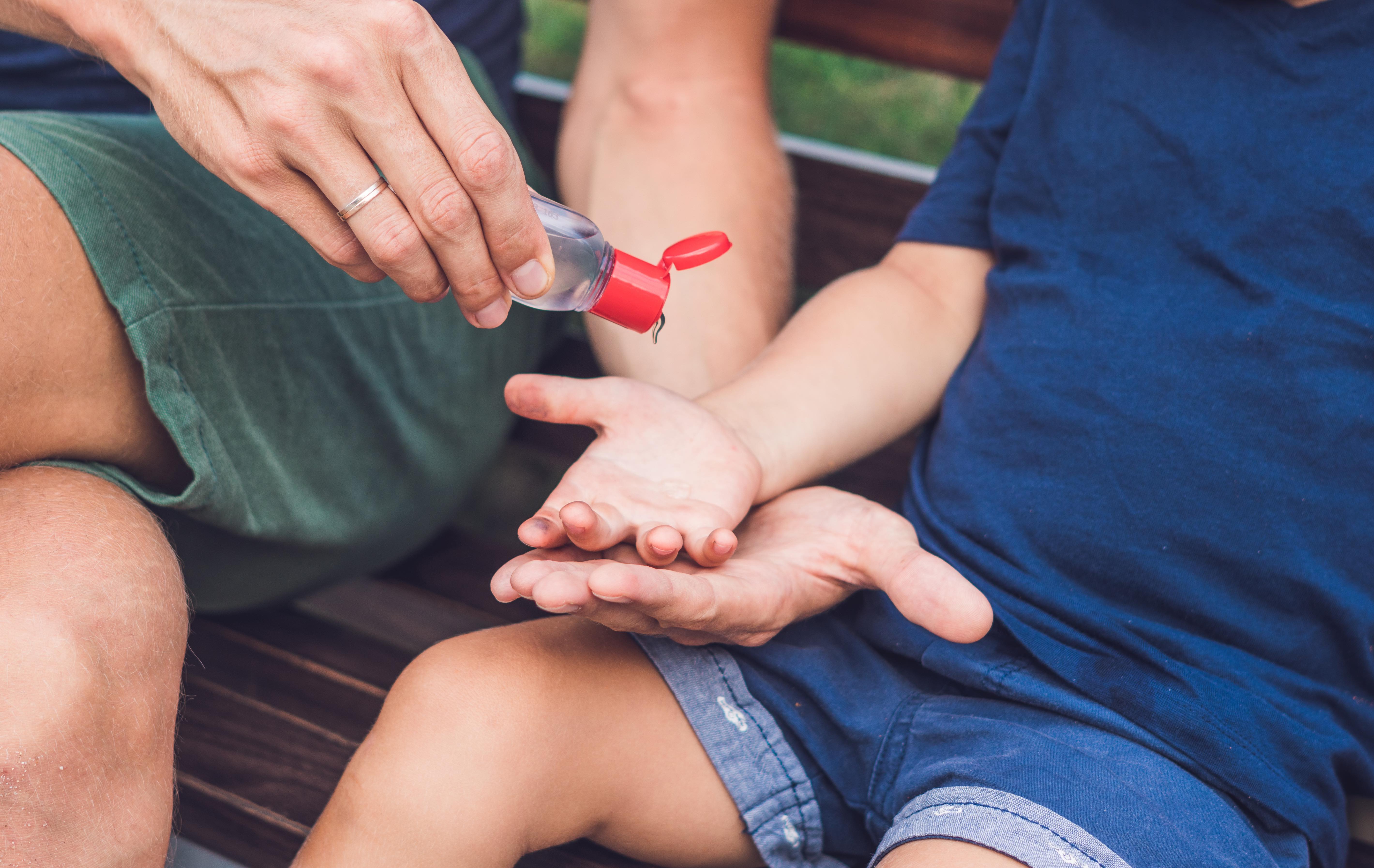
Why clarifying the distinction between ’therapeutic’ and ‘cosmetic’ hand sanitisers could be critical in the fight against COVID-19
Published 21 April 2020
The spread of COVID-19 has resulted in huge demand for personal hygiene items.
Widespread hoarding and panic buying have resulted in empty supermarket shelves and a shortage of available toilet paper, disinfectant and hand sanitiser.
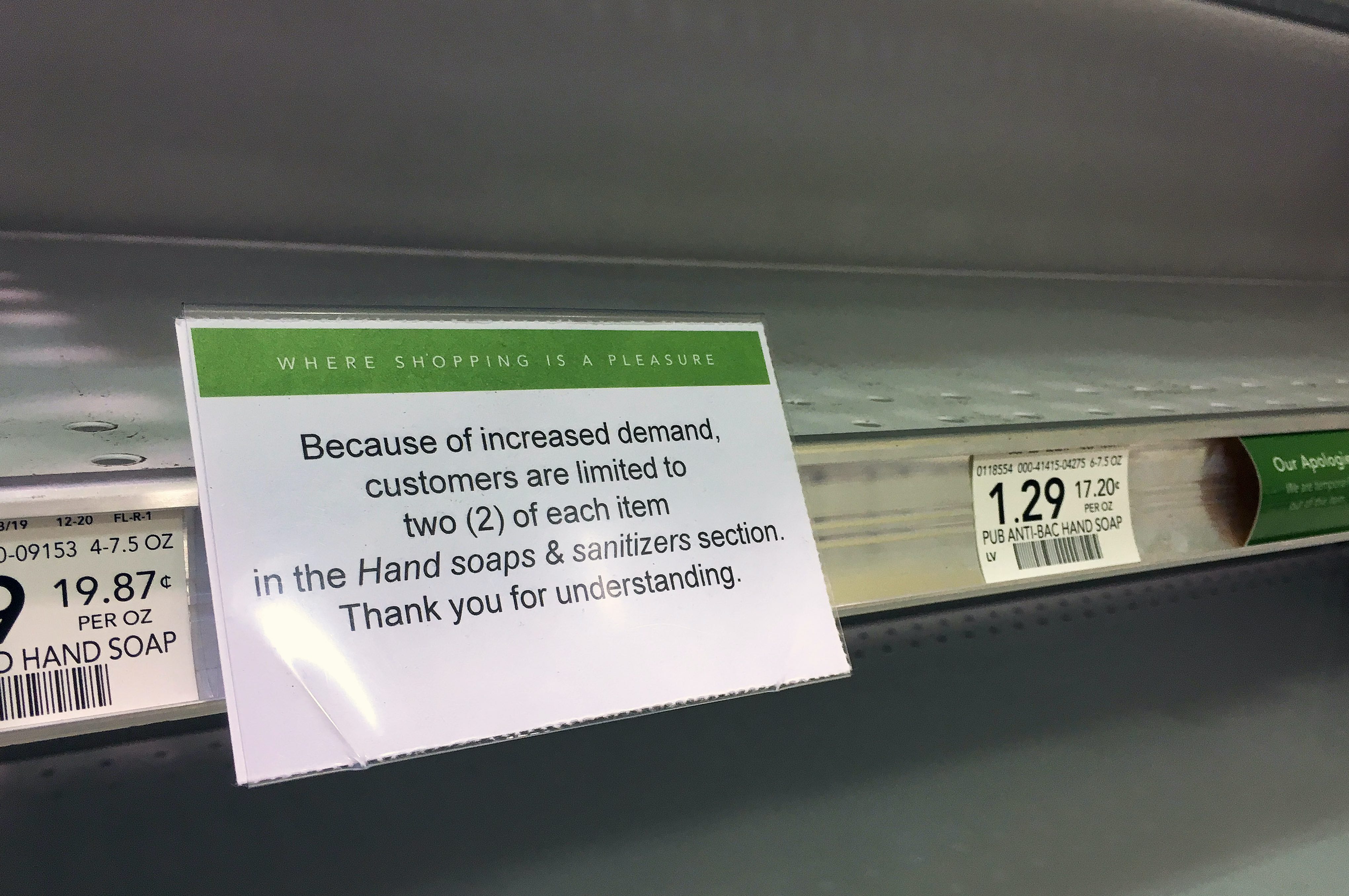
It is fair to assume that many people panic buying thought that the products they were purchasing would help them, and their families, stay safe. But this is not necessarily true.
In particular, not all so-called ‘sanitisers’ are effective against COVID-19 and, worse, there is no way for consumers to tell which ‘cosmetic’ (as opposed to ‘therapeutic’) varieties can be trusted.
In the battle against COVID-19, the Australian government has repeatedly stressed the importance of personal hygiene, which helps to limit the spread of COVID-19 both within households and the community.

Health & Medicine
Watch Episode 1: Life Beyond Coronavirus: The Expert View
But in early March, when the federal government began issuing public statements about the spread of COVID-19, it was not clear that soap should be used over hand sanitiser as a better source of hygiene.
And even today, although washing your hands with soap is the preferable method to protect against COVID-19, there are many circumstances where soap isn’t available.
State and Federal governments, as well as the World Health Organisation, have been pushing for the use of hand sanitiser if washing with soap is not possible.
As people do their shopping, exercise or fill up the car with petrol, they may find hand sanitiser is required. As a result, many consumers have rushed and continue to rush to supermarkets, pharmacies and service stations to stock up – creating a shortage of available hand sanitiser across Australia.
This has had several immediate impacts.
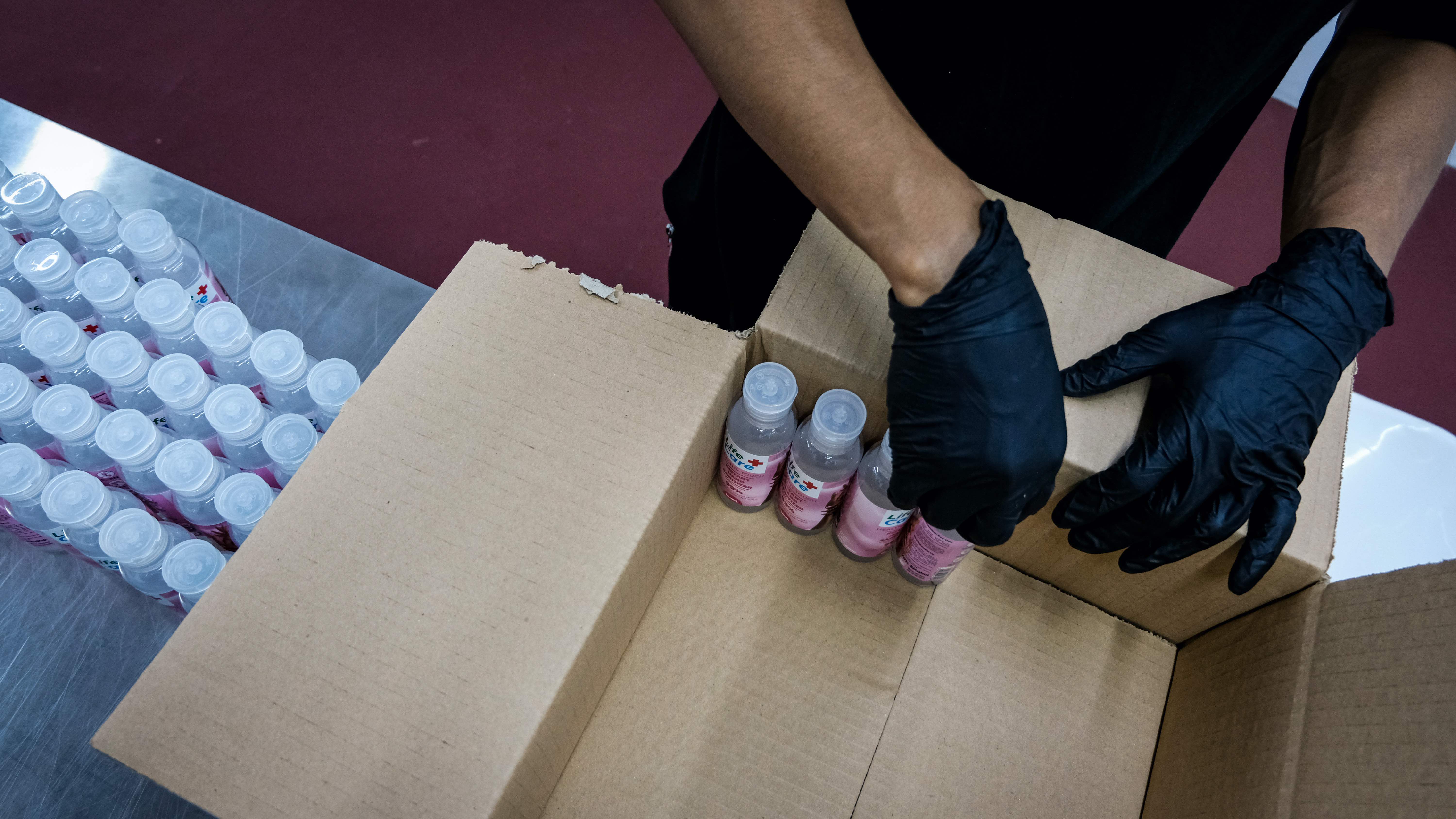
For everyday consumers, getting hand sanitiser is increasingly difficult. They are often met by empty shelves in supermarkets or exposed to ‘price-gouging’ shopping online. In fact, there are examples of small portions of hand sanitiser being advertised online for upwards of $A40.
Some small businesses have also, at times faced accusations of profiteering off the high demand.
Not only have everyday consumers been affected, but the shortage has caused problems in other industries.

Health & Medicine
How to take care of yourself if you have COVID-19
In Queensland, many doctors have had to resort to making hand sanitiser. In Victoria, some schools have run low on essential hygiene items such as toilet paper, soap and hand sanitiser.
In response to this colossal demand, Australia’s Health Minister Greg Hunt announced that the Australian Government’s Therapeutic Goods Administration (TGA) would relax regulations on the manufacture of medical-grade (or therapeutic) hand sanitiser.
This TGA determination means businesses can produce medical-grade hand sanitiser without TGA approval or notification.
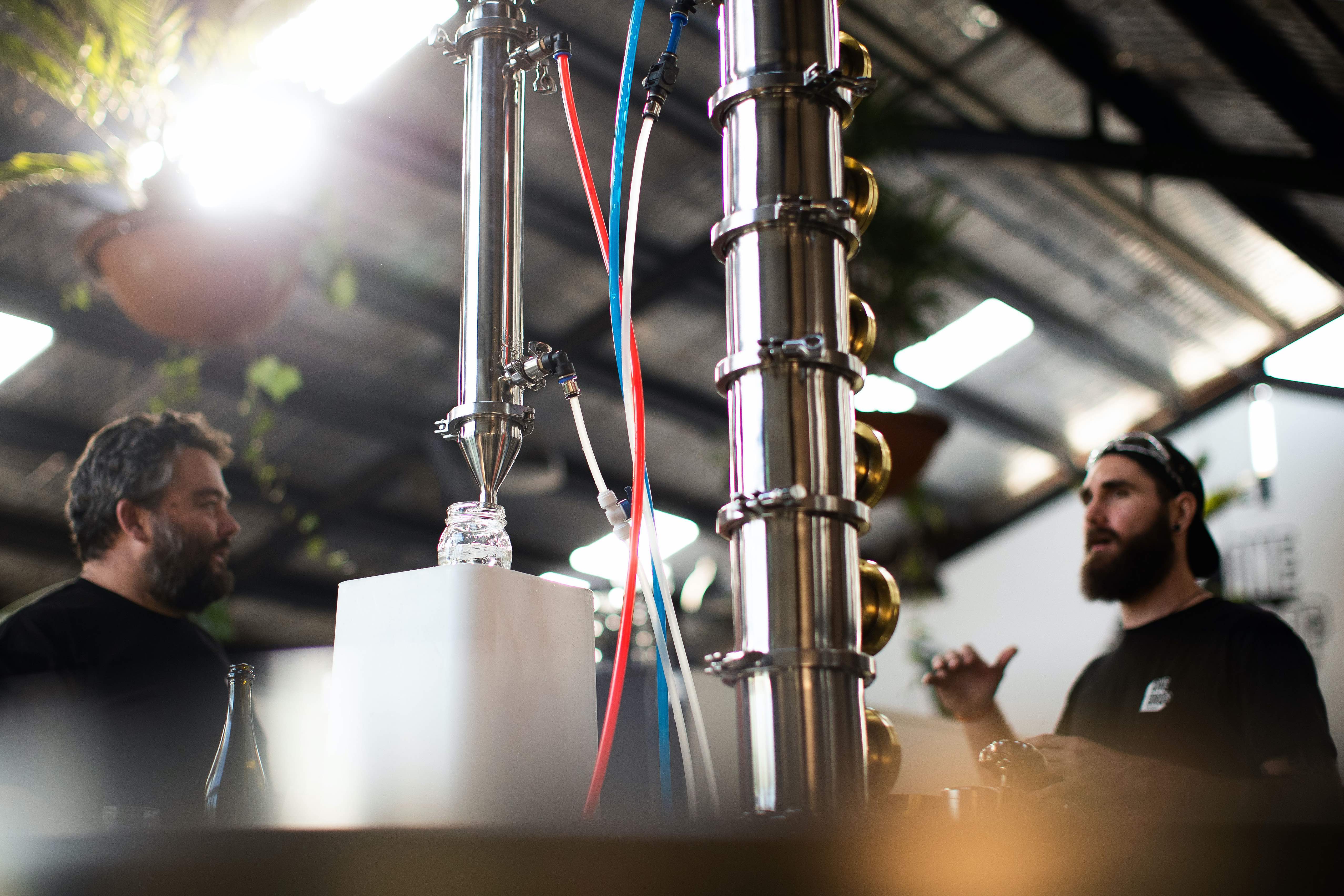
This is important for two reasons. Firstly, it increases supply to meet the high demand caused by COVID-19, and secondly, it “will also provide opportunities for Australian businesses”.
Businesses like rural wineries that were affected by the summer bushfires and have lost their livelihoods in the absence of tourists can manufacture alcohol, which is the core ingredient of hand sanitiser.
Similarly, cafes, boutique wineries, breweries, distilleries and larger companies like Carlton United Breweries have all begun producing alcohol for therapeutic hand sanitiser.

Health & Medicine
Schools must provide soap to maintain basic hygiene
Though TGA approval and notification is not required, manufacturers of therapeutic hand sanitiser must still maintain safety standards.
Businesses must follow recipes developed by the World Health Organisation (WHO). The two recipes, if followed correctly, result in formulations containing 80 per cent ethanol or 75 per cent isopropyl alcohol.
These products also remain regulated as consumer products under the Australian Consumer Law enforced by the Australian Competition and Consumer Commission (ACCC), which triggers general requirements of safety and fitness for purpose.
Some therapeutic sanitisers are available for general consumer purchase in supermarkets, pharmacies or other retailers.

Those products that comply with the WHO formulation may display what is known as a ‘trust mark’ of compliance. These products are safe and effective as a protective measure against COVID-19.
However, many people may be surprised to discover that the requirement to follow the WHO formulations does not apply to common hand sanitisers found in the same shops.
This is because ‘hand sanitisers’ are not a standardised product.

Politics & Society
What could our post-COVID ‘new normal’ look like?
Products that are for personal or domestic use, with no claims of effectiveness against viruses and use low risk ingredients (not included in the Poisons Standard) are categorised as cosmetics.
This includes many popular brands that claim effectiveness against 99.9 per cent of germs – but these ‘germs’ may not include viruses like COVID-19. The claim is characterised by the TGA as “low-level activity against bacteria or germs”, not viruses.
So, the information is strictly correct but practically unhelpful.
Unlike therapeutic sanitisers, cosmetic products are not regulated by the TGA. If they rely on imported chemicals, they may be regulated by the National Industrial Chemicals Notification and Assessment Scheme. They will also be subject to the ordinary rules for advertising products under the Australian Consumer Law.

But provided the product does not make misleading claims about its effectiveness, cosmetic hand sanitisers are not required to contain the requisite percentage of alcohol to be effective against COVID-19.
This distinction between therapeutic hand sanitisers and cosmetic hand sanitisers creates an information gap in the regulatory regime, potentially to the harm of consumers.

Health & Medicine
COVID-19 can reframe health politics
Given the current high demand for hand sanitisers, consumer knowledge of the distinction between ‘cosmetic’ and ‘therapeutic’ sanitisers is crucial.
We’ve outlined already the concerns about some sanitisers’ effectiveness against COVID-19, and the fact that some may kill ‘germs’ but not necessarily viruses – this information isn’t always clear.
It is also unclear whether ‘cosmetic’ sanitisers have the requisite percentage of alcohol to effectively protect against COVID-19. While these brands are required to label their products with their ingredients, it is not required that the percentage of alcohol used is included.
Additionally, the effectiveness of common brands remains unknown. While well-known brands, like Dettol, have been tested to be effective against previous strains of COVID-19, the current strain has not been made available for commercial testing.
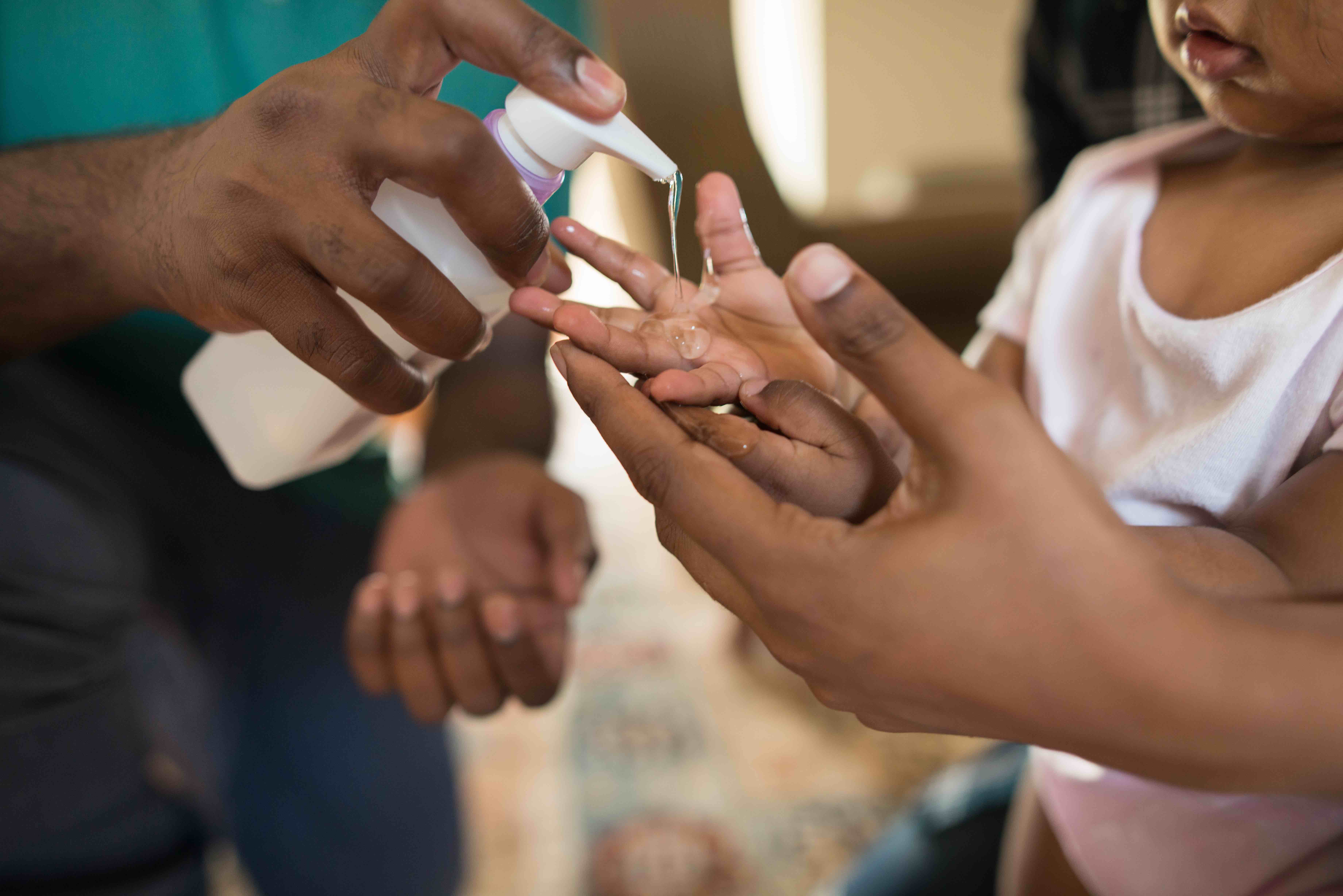
The possibility that many consumers are in the dark concerning the effectiveness of cosmetic sanitisers is troubling and, potentially, dangerous.
Despite the risk, the Government has done little to bridge this information gap. Not only are most consumers unaware of the ‘cosmetic/therapeutic’ distinction, but they have no practical means to find out the alcohol content of cosmetic sanitisers.
This is particularly troubling at a time when national and international authorities are pushing for the use of hand sanitiser if you can’t wash your hands with soap.

Health & Medicine
What is COVID-19 doing to our mental health?
Though the Government’s relaxation on therapeutic sanitisers is to be applauded, it must come with the necessary information.
At the very least, consumers must be helped to appreciate the important distinction between ‘cosmetic’ and ‘therapeutic’ sanitisers.
The Government should also ensure that consumers have ready access to the alcohol concentration of cosmetic products. A further step would be to impose a ban on the labelling of cosmetic products that do not meet WHO standards as hand sanitisers; this would remove the word ‘sanitiser’ from the label given it has developed a new significance in this time of COVID-19 concern.
At a time when information is critical, it is vital that consumers can make fully informed decisions about precisely what products they need to protect themselves – and others – from the spread of COVID-19.
Banner: Shutterstock